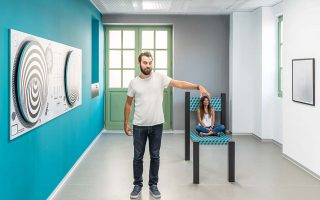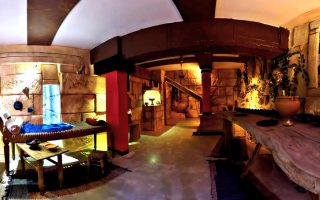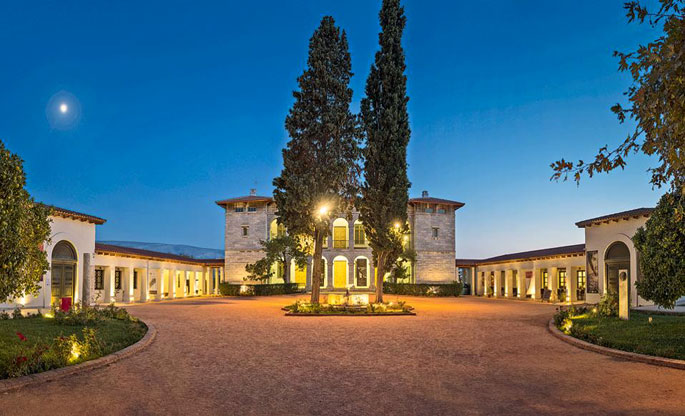The Jewish Museum of Greece was founded in 1977 by the Jewish Community of Athens. Housed in a room of the Synagogue on Melidoni street, this small museum contains objects that survived World War II; objects from the everyday lives of Greek Jews, mostly small works of art, historic documents and heirlooms. A large part of the original collection were items seized by the Bulgarians in Salonika, and returned to Greece by the Bulgarian Government after the war.
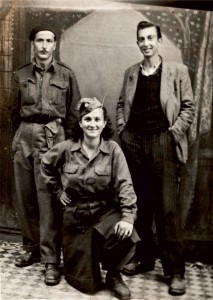 Over the years, a large volume of material was collected; rare editions of books, valuable fabrics, jewelry, religious and ornamental vessels, and simple, everyday objects. When the ever-increasing volume of exhibits demanded new, larger premises for the museum, the curators rented a floor in a building on Amalias street, which is now open to the public.
Over the years, a large volume of material was collected; rare editions of books, valuable fabrics, jewelry, religious and ornamental vessels, and simple, everyday objects. When the ever-increasing volume of exhibits demanded new, larger premises for the museum, the curators rented a floor in a building on Amalias street, which is now open to the public.
In 1989 the museum became a legal entity, administered by a seven-member council. In the 1990’s the museum’s current location on 39, Nikis street, was purchased and restored, and the museum moved in permanently.
Museum web site: www.jewishmuseum.gr
Source: www.athensattica.gr
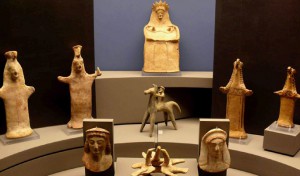 The Stathatos Manor in Kolonaki, is located at the junction of Vasilissis Sofias and Irodotou 1 streets, where it houses a wing of the Cycladic Art Museum. Built in the late 19th Century by famous architect, Hernst Ziller, the manor was based on plans drawn in 1895 for an expatriate merchant from Ithaca by the name of Stathatos, who, along with his wife, used the manor as their residence. During the 1930’s the building saw extensive alterations and a complete interior renovation.
The Stathatos Manor in Kolonaki, is located at the junction of Vasilissis Sofias and Irodotou 1 streets, where it houses a wing of the Cycladic Art Museum. Built in the late 19th Century by famous architect, Hernst Ziller, the manor was based on plans drawn in 1895 for an expatriate merchant from Ithaca by the name of Stathatos, who, along with his wife, used the manor as their residence. During the 1930’s the building saw extensive alterations and a complete interior renovation.
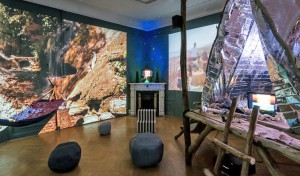 After World War II it was used as an embassy, until 1981 when it became the property of the Hellenic State. The Government initially intended to convert the building into a guest-house for distinguished visitors, so the manor was again fully refurbished, this time being restored to its original design. It was eventually assigned to the Cycladic Art Museum.
After World War II it was used as an embassy, until 1981 when it became the property of the Hellenic State. The Government initially intended to convert the building into a guest-house for distinguished visitors, so the manor was again fully refurbished, this time being restored to its original design. It was eventually assigned to the Cycladic Art Museum.
Museum web site: www.cycladic.gr
Source: www.athensattica.gr
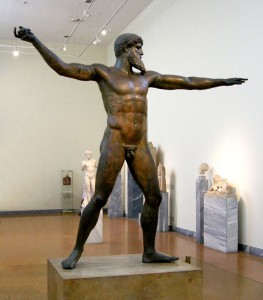 Situated in the very heart of the city, the National Archaeological Museum on Patission Street, houses some of the most important artefacts of the ancient world, from the neo-lithic era until the late Roman period; the treasure from the Antikythera wreck, Agamemnon’s death mask, the wall paintings of Thera, the Artemision Bronze, the Antikythera Ephebe, Nestor’s Cup, and the Marathon Boy are but a few of the important findings to be admired in the museum. Located in the facility’s southern annex is the Epigraphical Museum, safeguarding the world’s largest collection of ancient Greek inscriptions.
Situated in the very heart of the city, the National Archaeological Museum on Patission Street, houses some of the most important artefacts of the ancient world, from the neo-lithic era until the late Roman period; the treasure from the Antikythera wreck, Agamemnon’s death mask, the wall paintings of Thera, the Artemision Bronze, the Antikythera Ephebe, Nestor’s Cup, and the Marathon Boy are but a few of the important findings to be admired in the museum. Located in the facility’s southern annex is the Epigraphical Museum, safeguarding the world’s largest collection of ancient Greek inscriptions.
Covering an entire city block, and adjacent to Metsovion National Technical University, this massive museum complex was designed and built according to the Neo-classic, architectural style prevailing in Greece and Europe during the 19th Century. A walk around the artefacts and collections exhibited in the museum is, quite simply, an awe-inspiring experience. To wind down, take a stroll around the large, neo-classic garden located in the front and at the side of the museum.
Museum web site: www.namuseum.gr
Source: www.athensattica.gr
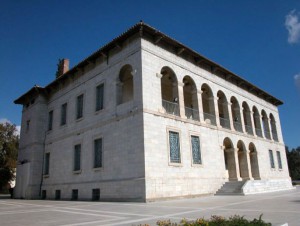 The Byzantine and Christian Museum on Vasilissis Sofias street is one of the most important Byzantine and post-Byzantine era museums in the world, with more than 25.000 objects dating from the 2nd century A.C. to the present. Containing exhibits acquired not only from Greece, but from Asia Minor and the Balkans as well, the museum, housed in the Villa Ilissia, is a magnificent example of 19th century architecture, dating from the earliest years of Greece’s liberation.
The Byzantine and Christian Museum on Vasilissis Sofias street is one of the most important Byzantine and post-Byzantine era museums in the world, with more than 25.000 objects dating from the 2nd century A.C. to the present. Containing exhibits acquired not only from Greece, but from Asia Minor and the Balkans as well, the museum, housed in the Villa Ilissia, is a magnificent example of 19th century architecture, dating from the earliest years of Greece’s liberation.
Designed by renowned Greek architect, Stamatios Kleanthis, the complex was originally built for the Duchess of Placentia, who had lived in Athens for many years. The main structure, a two-story building with a basement, was the Duchess’ primary residence. After her death, ownership of the property was transferred to the state, along with the other buildings in the complex. In 1926 the complex was assigned to house the Byzantine and Christian Museum and, after necessary alterations, opened its doors.
Museum web site:www.byzantinemuseum.gr
Source: www.athensattica.gr
Comprised of the Dekozi-Vouros Residence and the Ephtaxias Residence, this twin building complex on Paparrigopoulou street, in Klafthmonos square, houses the Museum of the City of Athens. Built in 1834 from designs by German architects Lunder and Hoffer, its construction had been commissioned by Dekozi-Vouros, a banker from Chios. Being one of the first new buildings constructed in the city, it remains a superb example of the architectural style known as early classicism. When completed, the building overlooked the still-unrepaired square, where the remnants of the heavily damaged, Hasseki wall, were visible.
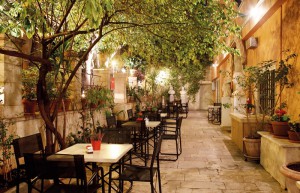 This building was home to King Otto and Queen Amalia from 1837 until 1843, when they moved to their newly built Palace. After World War II, the entire structure was restored, along with the connecting Ephtaxias Residence. All reconstruction was based on a study by distinguished architect, Ioannis Travlos. Today it houses the Museum of the City of Athens, showcasing the history of the city, from its declaration as the country’s capital, until today.
This building was home to King Otto and Queen Amalia from 1837 until 1843, when they moved to their newly built Palace. After World War II, the entire structure was restored, along with the connecting Ephtaxias Residence. All reconstruction was based on a study by distinguished architect, Ioannis Travlos. Today it houses the Museum of the City of Athens, showcasing the history of the city, from its declaration as the country’s capital, until today.
Source: www.athensattica.gr





